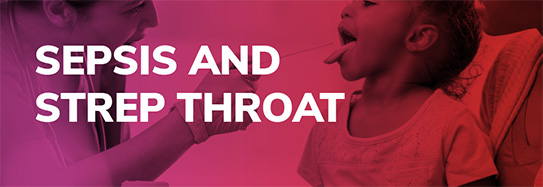Group A bacteria cause several types of infections, most commonly:
How group A strep spreads
Group A strep bacteria live in your nose and throat. They spread through droplets from coughing or sneezing, or by direct contact with the mucus. You might breathe droplets in if you’re close enough when an infected person coughs or sneezes. As well, the droplets may land on a solid object that you touch later. This type of contact may also occur if people who are infected blow their nose and touch an object before washing their hands. Either way, if the bacteria are transferred to your hand or fingers and you put your hand to your face, you can become infected.
If skin is infected, as with cellulitis or impetigo, the bacteria must come in contact with a spot of skin that had an open area, such as a cut, scrape, or bite. The opening may be so tiny that you didn’t notice anything beforehand. Impetigo is common among young children as they share toys and play together.
Invasive group A strep disease
While it’s common for group A strep to exist in your throat and nose, and on your skin, it is not common inside your body. When these bacteria enter your body, they can cause infections such as necrotizing fasciitis (often called “flesh eating disease”) and toxic shock syndrome. These are invasive group A strep infections.











































